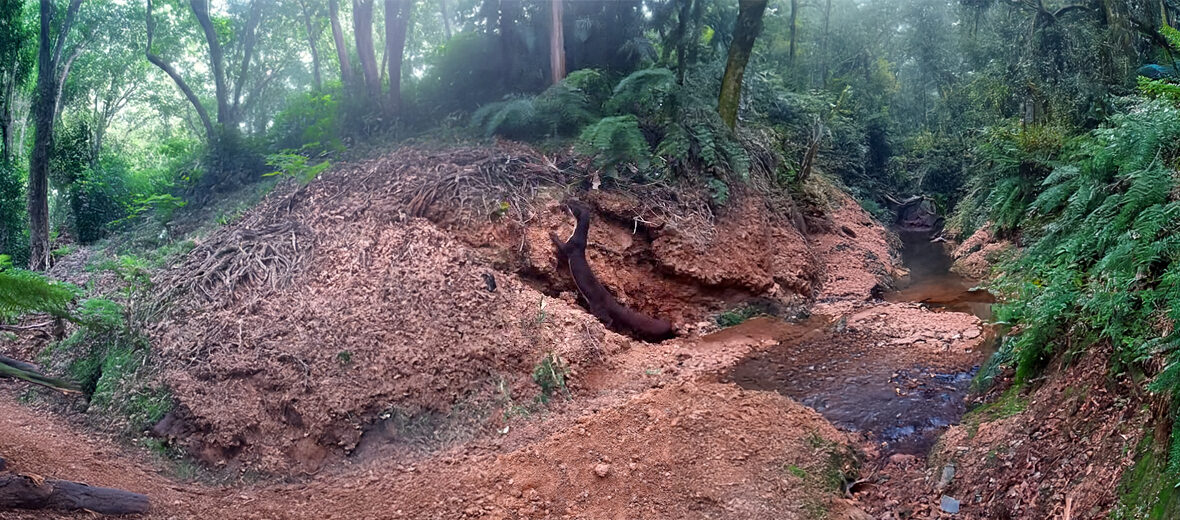
The Amazon weasel, aka tropical weasel, is the largest of the 3 South American weasels. They hail from Bolivia, Brazil, Colombia (uncertain), Ecuador, and Peru. These weasels likely face the threats of habitat loss and destruction at the hands of farming, ranching, logging (both legal and illegal), dams, and water management; hunting; and trapping. However, these weasels are presumed to be abundant enough to be listed as Least Concern by the IUCN. Their population trend is unknown at this time.
First the Stats…
Scientific name: Neogale africana
Weight: Up to 1.2 lbs.
Length: Up to 12 inches, plus up to a 8.3 inch tail
Lifespan: Up to 3+ years
Now on to the Facts!
1.) They were originally identified from a museum specimen mislabelled as coming from Africa, hence the scientific name.
2.) Even though the full extent of their range is unknown, they are typically found throughout the Amazon basin.
3.) These weasels also prefer to dwell in rainforest habitats, but also dwell in other microhabitats as well.
4.) Mice, rats, and other small mammals make up the bulk of their diet. However, the full range of their dietary needs are unknown.
5.) Burrows are constructed in the stumps of hollow trees.
But wait, there’s more on the Amazon weasel!
6.) Rivers and estuaries are often navigated by Amazon weasels, sometimes far from shore.
7.) In 2024, some coffee producers captured a short video of a specimen in Bolivia as part of a citizen science monitoring program.
Did you know…?
They have been found to live from sea level up to 4,600 foot elevations.
8.) Even though their estimated numbers are uncertain, they are presumed to be affected primarily by deforestation of the Amazon rainforest.
9.) The gestation (pregnancy) period of these weasels is unknown at this time, but weasels, in general, can have gestation periods from 35 days up to 10 months, based on locale.
10.) The amount of Amazon weasel kits born are likely up to 6, seeing as females possess 3 sets of teats.
Be sure to share & comment below! Also, check out the Critter Science YouTube channel. Videos added regularly!
Want to suggest a critter for me to write about? Let me know here.
Some source material acquired from: Wikipedia & IUCN




